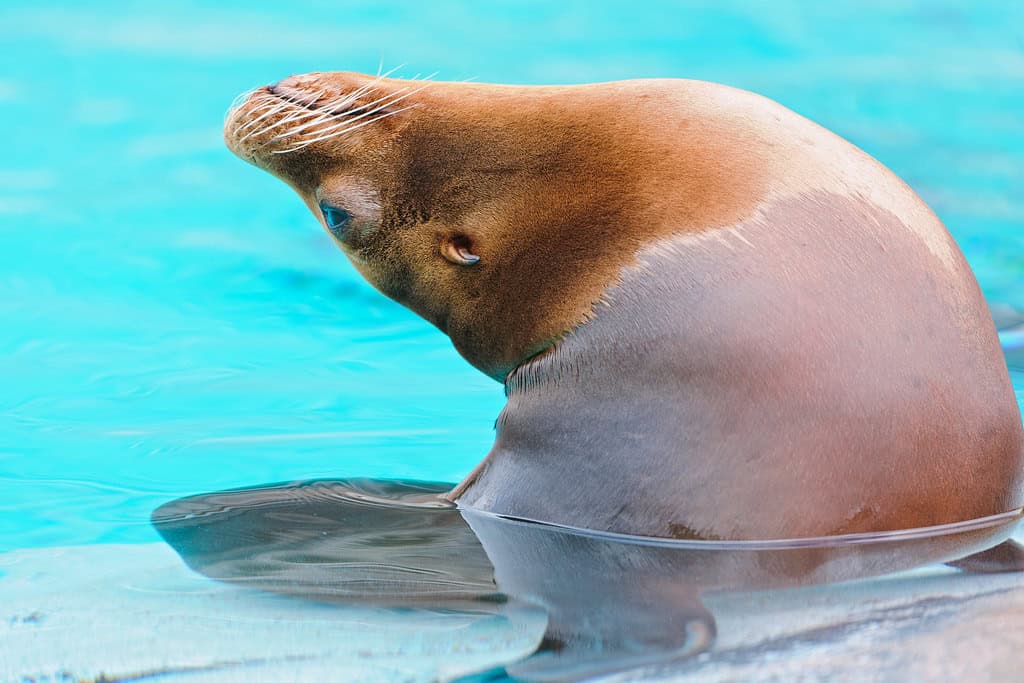In the vast, featureless expanse of the open ocean, sea lions embark on remarkable journeys spanning thousands of miles without the luxury of GPS devices, compasses, or maps. These intelligent marine mammals navigate with extraordinary precision, returning to specific breeding grounds and foraging areas year after year. Their navigation abilities have fascinated scientists for decades, leading to groundbreaking research that reveals a complex system of biological adaptations and environmental awareness. From magnetic field detection to celestial navigation, sea lions employ sophisticated methods that rival our most advanced technologies. This article explores the remarkable navigation capabilities of sea lions and how these marine mammals traverse the world’s oceans with such impressive accuracy.
The Migratory Patterns of Sea Lions
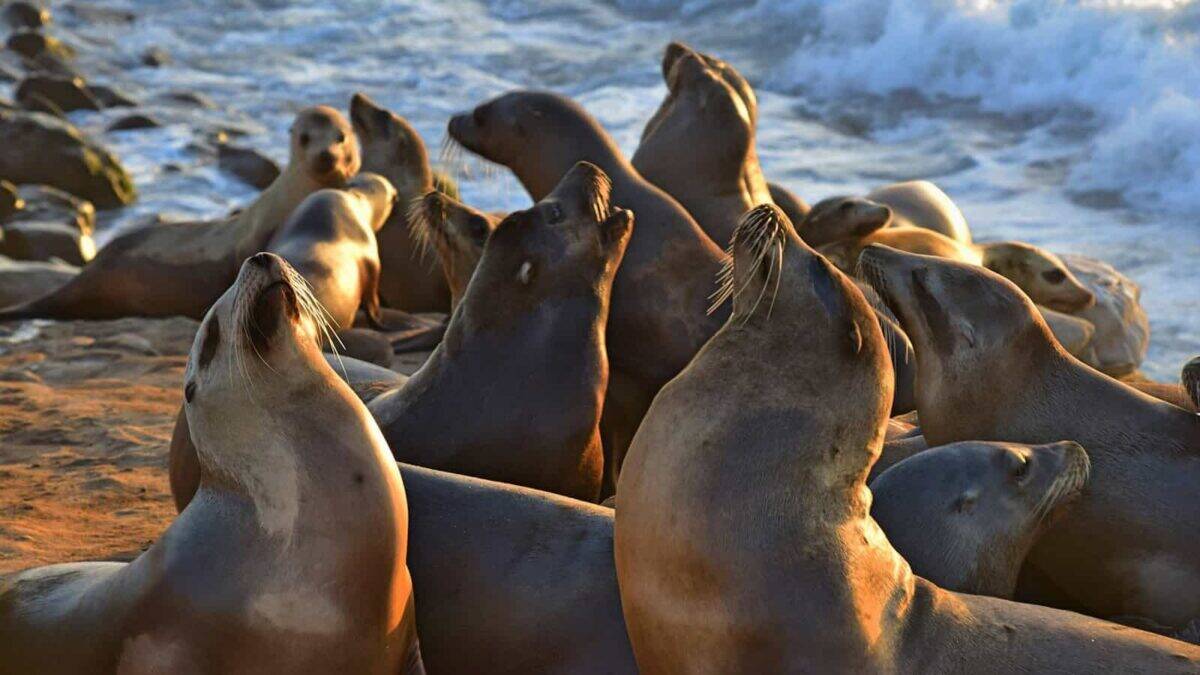
Sea lions undertake some of the most impressive migrations in the animal kingdom. California sea lions, for example, can travel up to 2,500 miles annually between breeding grounds and feeding areas. The Steller sea lion, the largest of the species, ranges throughout the North Pacific rim from Japan to California, with individuals documented traveling over 1,000 miles in a single journey. These migrations aren’t random wanderings—they follow consistent routes that suggest an intricate understanding of oceanic geography.
What makes these journeys particularly remarkable is that they often occur in the open ocean, where visual landmarks are nonexistent. Female sea lions demonstrate exceptional navigational precision by returning to the exact same breeding colonies year after year to give birth and raise their young. Males likewise return to established territories with pinpoint accuracy. This homing behavior suggests sophisticated navigation mechanisms that scientists are still working to fully understand.
Magnetic Field Detection: Nature’s Compass
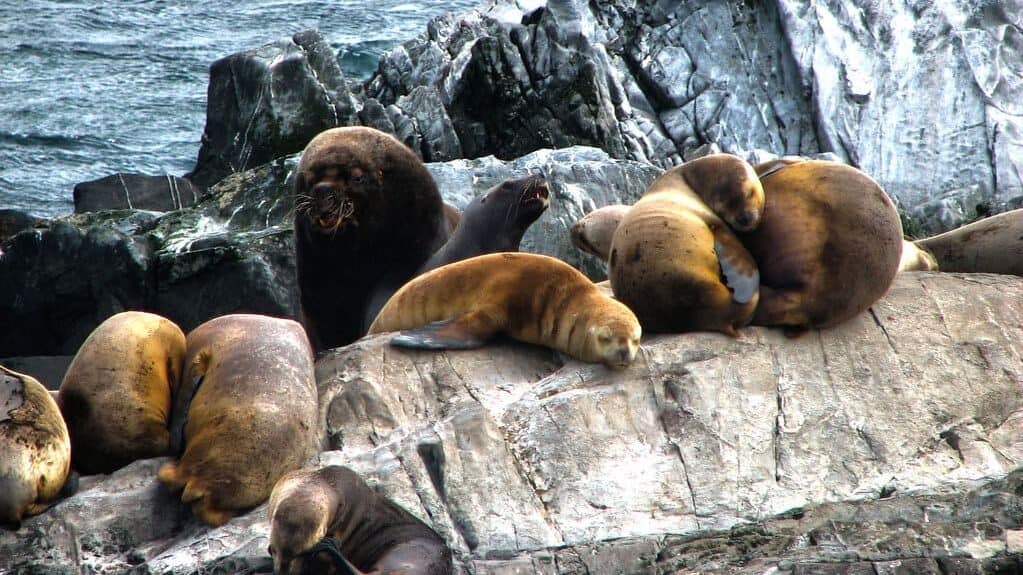
One of the most fascinating theories about sea lion navigation involves their ability to detect Earth’s magnetic field. Research has revealed that sea lions possess magnetite particles in their brains—tiny, naturally occurring magnetic crystals that function like microscopic compass needles. These magnetite deposits are believed to help sea lions sense the subtle variations in Earth’s magnetic field across different geographic locations, essentially providing them with a biological GPS system.
Scientists at the University of North Carolina have conducted studies showing that sea lions can detect changes in magnetic field strength as small as 0.05 microtesla—a sensitivity that would allow them to discern their position relative to Earth’s magnetic poles. This magnetic sense creates what researchers call a “magnetic map” that sea lions use to determine both direction and location during their oceanic journeys. The animals appear to memorize the magnetic signatures of specific locations, allowing them to return to the same spots with remarkable precision.
Celestial Navigation Under the Stars
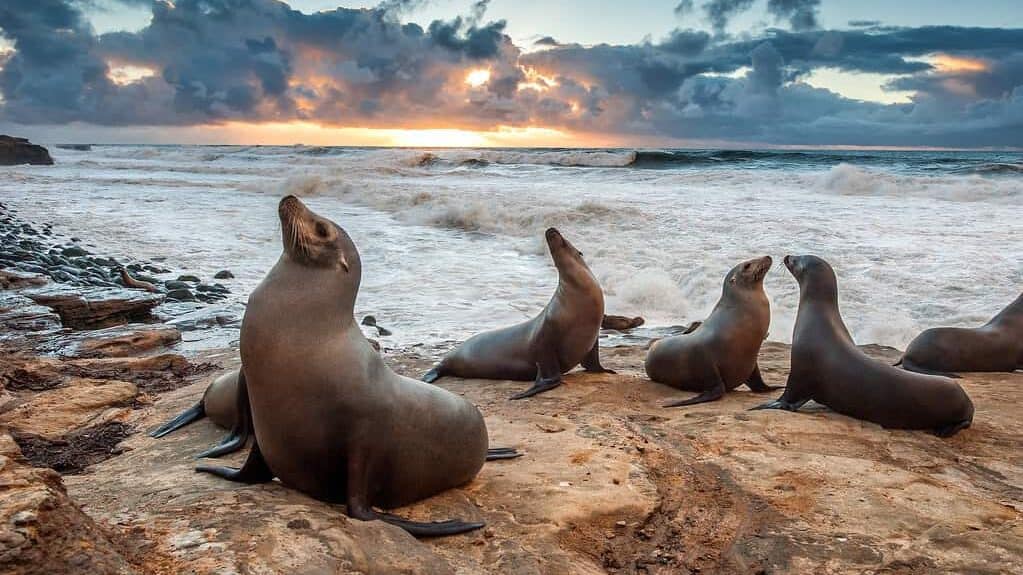
Like ancient human mariners who used the stars to cross oceans, sea lions may also employ celestial navigation. Though they spend much of their time underwater, sea lions frequently surface and can observe the position of the sun during the day and the stars at night. Studies conducted at the University of California have demonstrated that sea lions can maintain directional awareness even on cloudy days, suggesting they integrate multiple navigational methods.
The animal’s ability to track the sun’s position requires an internal biological clock that accounts for the sun’s movement throughout the day. Researchers believe sea lions possess this chronobiological mechanism, allowing them to use the sun’s position as a reliable compass. At night, the patterns of stars provide additional navigational cues, with sea lions potentially recognizing key constellations or the position of the moon to maintain their course over vast oceanic distances.
Ocean Current Navigation Systems
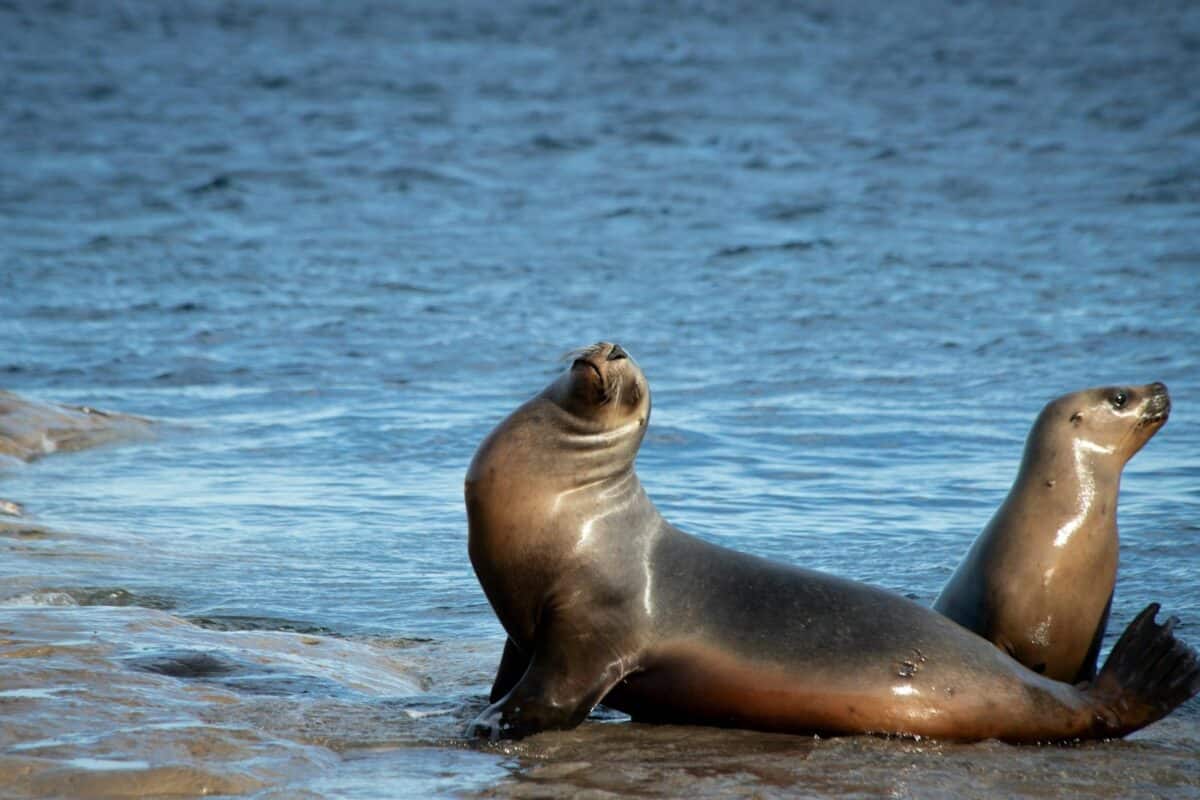
The world’s oceans are crisscrossed by powerful currents that form predictable patterns across the globe. Sea lions appear to have detailed knowledge of these currents and use them strategically during migration. By riding favorable currents, sea lions can conserve energy while covering greater distances. Conversely, they demonstrate the ability to compensate for unfavorable currents that might push them off course.
Researchers from the Scripps Institution of Oceanography have tracked sea lions using satellite tags and discovered that they often follow specific current systems with remarkable precision. This suggests these marine mammals can detect subtle changes in water temperature, salinity, and movement that indicate the presence and direction of currents. Some scientists theorize that whiskers play a role in this detection, as they are extremely sensitive to water movement and can detect minute changes in current direction and strength.
The Role of Memory in Long-Distance Navigation
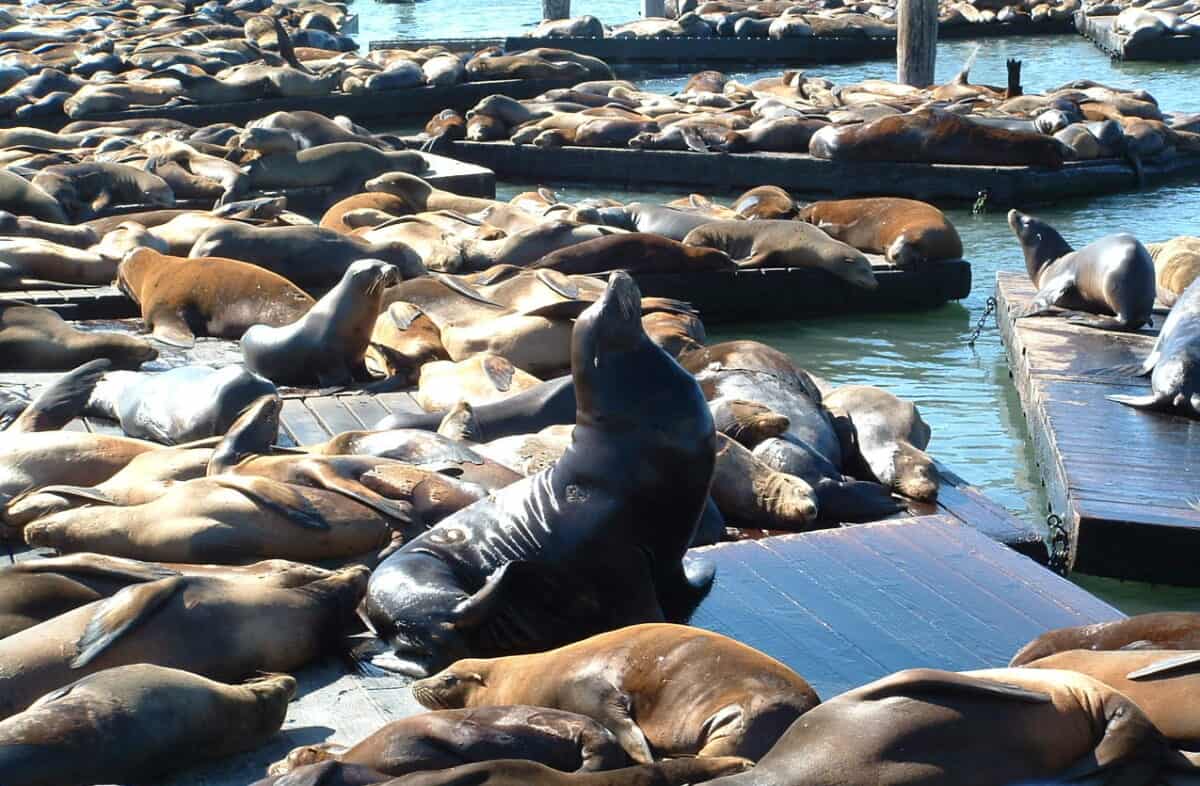
Sea lions possess impressive cognitive abilities and memory capacity that contribute significantly to their navigation skills. Young sea lions learn migration routes from their mothers during their first years of life, memorizing key waypoints and environmental features. This knowledge is retained throughout their lifetime, allowing adult sea lions to navigate independently with increasing precision as they age and gain experience.
Research conducted on captive sea lions demonstrates their exceptional spatial memory. In maze tests, sea lions could remember correct pathways for months after initial training. In the wild, this translates to an ability to recall specific feeding grounds, resting locations, and breeding colonies across vast distances. Their memory system appears to incorporate multiple sensory inputs, creating a comprehensive mental map that guides them through the seemingly featureless ocean environment.
Chemical Signposts in the Ocean

The ocean contains invisible chemical gradients that sea lions may use as olfactory signposts. Different water masses carry distinct chemical signatures based on factors like plankton composition, pollution levels, and mineral content. Sea lions possess a keen sense of smell that works both above and below water, allowing them to detect these chemical variations and use them as navigational cues.
Scientists at the Marine Mammal Center have documented sea lions’ ability to detect concentrations of dimethyl sulfide (DMS), a compound released by phytoplankton. Higher DMS levels often indicate productive feeding areas, and sea lions appear to follow these chemical trails to locate prey. Beyond finding food, these chemical signatures may serve as familiar markers along migration routes, helping sea lions recognize specific regions of the ocean through their unique “smell.” This olfactory navigation adds another layer to their already sophisticated system.
Acoustic Navigation and Sound Mapping
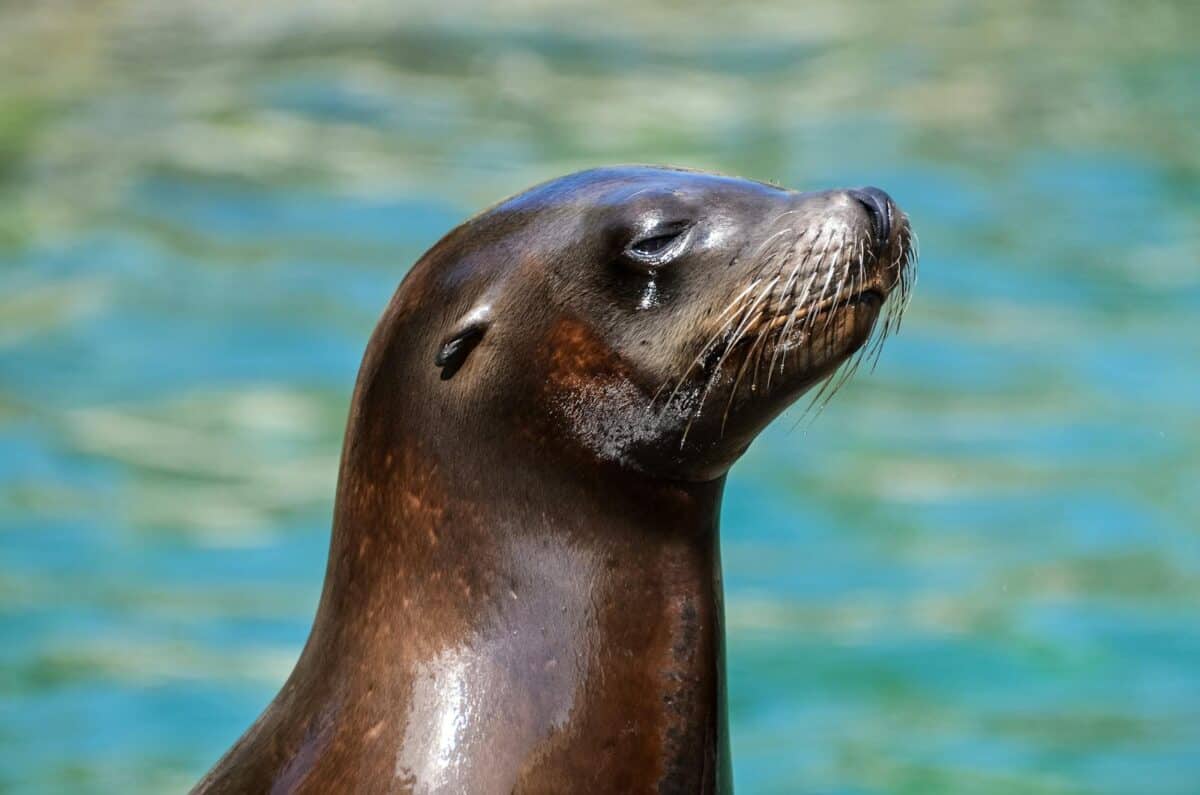
Sound travels much farther and faster underwater than in air, creating an acoustic environment rich with navigational information. Sea lions have excellent underwater hearing and may use the ocean’s soundscape to navigate. Coastal features like reefs and underwater mountains create distinctive acoustic signatures as waves and currents interact with these structures. Even in the open ocean, different depth profiles produce unique sound patterns that experienced sea lions can recognize.
Research using hydrophones has revealed that sea lions are attentive to ambient ocean sounds and may use them as acoustic landmarks. They can detect the low-frequency sounds of distant waves breaking on shorelines from many miles away, potentially helping them locate coastlines even when visibility is poor. Some scientists hypothesize that sea lions may also listen for the distinctive sounds of prey aggregations or the vocalizations of other marine mammals to help determine their location relative to known feeding grounds or breeding colonies.
Visual Cues and Landmarks

While the open ocean offers few visual landmarks, sea lions make excellent use of visual information when it’s available. They have good vision both above and below water, allowing them to recognize coastal features like distinctive rock formations, islands, and headlands. Near shorelines, these visual cues provide reliable navigational reference points that help sea lions pinpoint specific locations like breeding colonies or haul-out sites.
Even underwater, sea lions can use visual information effectively. Research from the University of California Santa Cruz has shown that sea lions can recognize underwater terrain features and use them as waypoints. In clear water, visibility may extend hundreds of feet, allowing sea lions to navigate by underwater mountains, canyons, and reef structures. When approaching familiar coastal areas, these visual landmarks become increasingly important, complementing their other navigation systems for precise localization.
Adapting Navigation to Changing Conditions

One of the most impressive aspects of sea lion navigation is their ability to adapt to changing environmental conditions. Ocean environments are dynamic, with shifting currents, varying weather patterns, and seasonal changes in water temperature and chemistry. Sea lions demonstrate remarkable flexibility in their navigation strategies, seamlessly switching between different sensory systems as conditions change.
During storms or in murky water where visibility is poor, sea lions rely more heavily on their magnetic sense and acoustic navigation. When celestial cues are unavailable due to cloud cover, they compensate with other navigational methods. This redundancy in navigation systems ensures sea lions can maintain their course even when some environmental cues are temporarily unavailable. Their adaptability allows them to navigate successfully through the unpredictable and ever-changing ocean environment.
The Development of Navigation Skills in Young Sea Lions

Young sea lions aren’t born with fully developed navigation abilities—they must learn these skills through experience and observation. Pups typically stay with their mothers for the first year of life, during which time they observe and memorize important migration routes. This period of learning is crucial for developing the complex neural networks required for sophisticated navigation.
Research tracking mother-pup pairs shows that young sea lions initially follow their mothers closely during migration, gradually becoming more independent as they gain experience. Scientists believe this learning period involves the calibration of their magnetic sense against other navigational cues, creating a comprehensive navigational framework. By the time young sea lions reach maturity, they have developed the full suite of navigation skills needed for independent long-distance travel, demonstrating how these abilities represent a combination of innate capacity and learned behavior.
Navigation Challenges in the Anthropocene Era

Modern sea lions face unprecedented challenges to their navigation systems due to human activities. Electromagnetic pollution from underwater cables, shipping, and coastal development can potentially interfere with their magnetic sensing abilities. Noise pollution from ships, sonar, and offshore construction disrupts the acoustic environment sea lions use for navigation. Climate change is altering ocean currents and temperature patterns, potentially rendering some memorized routes less reliable.
Conservation biologists studying sea lion populations have noted changes in traditional migration patterns in areas with high human impact. In some cases, sea lions appear to be adapting by developing alternative routes or relying more heavily on unaffected navigation systems. However, these adaptations have energetic costs and may not fully compensate for the disruption of their preferred navigation methods. Understanding how sea lions navigate has become increasingly important for conservation efforts aimed at protecting these remarkable marine mammals in our rapidly changing oceans.
The Marvels of Natural Navigation

The navigation capabilities of sea lions represent one of nature’s most impressive achievements, combining multiple sensory systems into an integrated navigation network that functions with remarkable precision. Their ability to traverse thousands of miles of open ocean without maps or instruments reveals the sophistication of biological navigation systems that evolved over millions of years. What’s particularly fascinating is how sea lions integrate magnetic sensing, celestial navigation, acoustic awareness, and memory into a seamless navigational experience that guides them across the world’s oceans.
As technology advances, scientists continue to uncover new details about how these marine mammals navigate so effectively. These discoveries not only deepen our appreciation for sea lion intelligence but also inspire innovations in human navigation technology. From biologically-inspired magnetic sensors to algorithms that mimic the multi-modal integration seen in sea lions, their navigation abilities continue to inform human understanding of orientation and wayfinding. The sea lion’s journey across the trackless ocean stands as a powerful reminder of nature’s ingenuity and the remarkable adaptations that allow animals to thrive in challenging environments.
- How Sea Lions Navigate Thousands of Miles Without Maps - August 9, 2025
- The Most Elusive Mountain Lions Roaming the California Wilderness - August 9, 2025
- Bald Eagles Are Now Nesting in the Most Unexpected States - August 9, 2025

